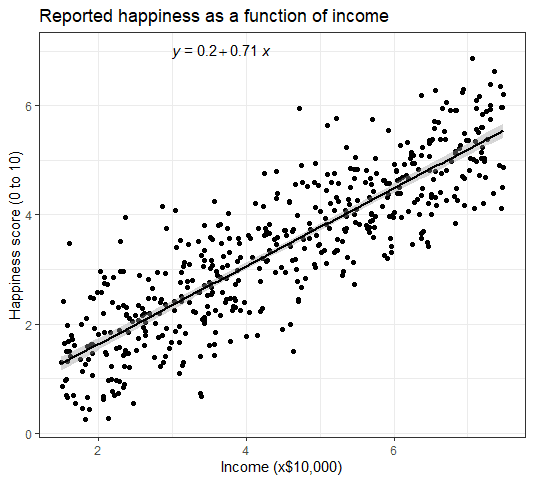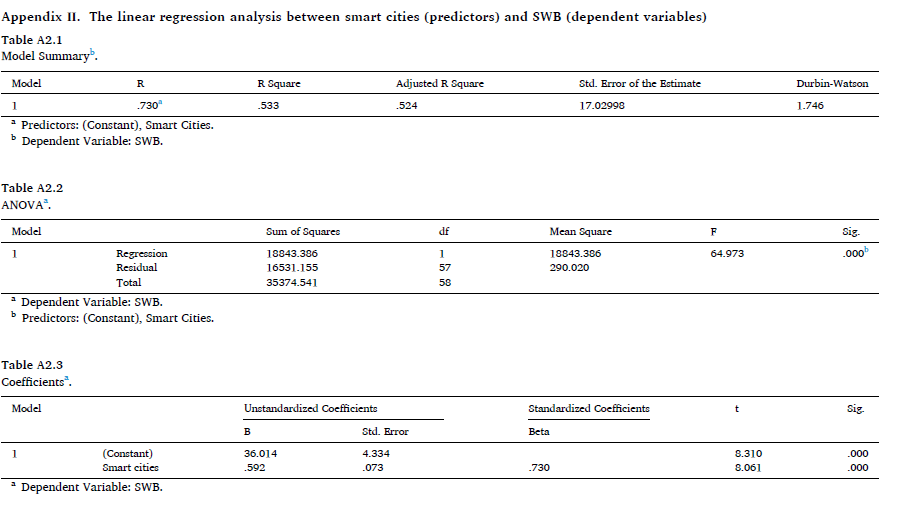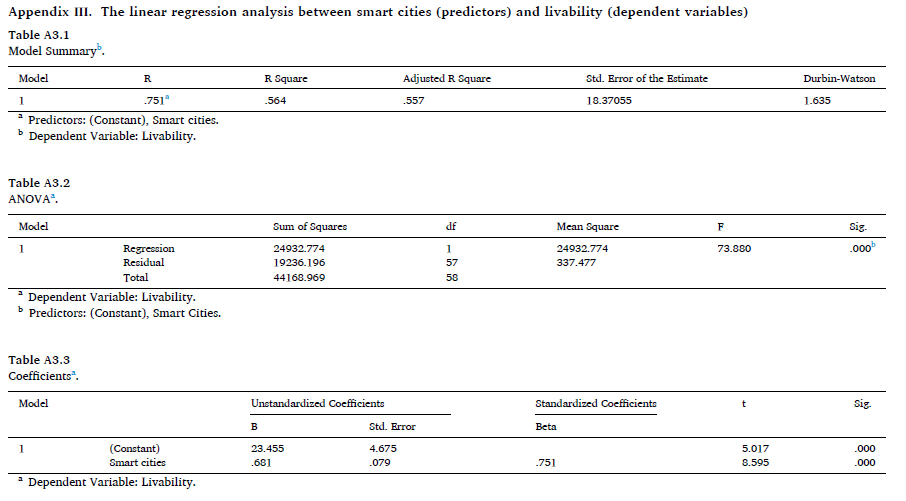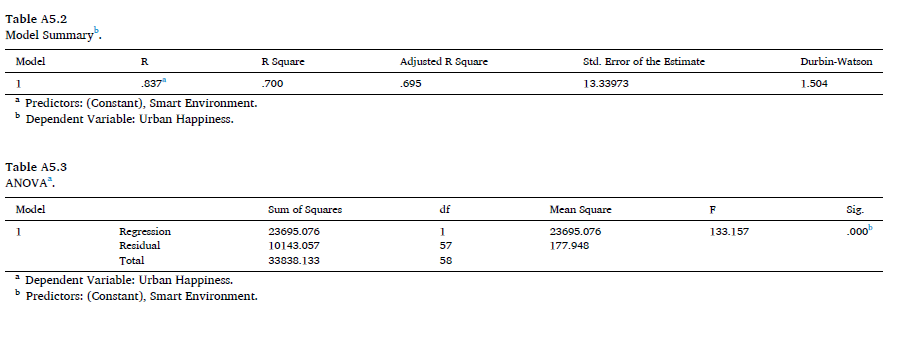Unlocking Urban Happiness: The Intersection of Smart Cities and Sustainable Living
In this blog, we will discuss how green urbanization practices promotes urban happiness
SMART CITIESURBAN HAPPINESSSUSTAINABLE DEVELOPMENT


Introduction
As urbanization continues to push, the idea of smart cities has appeared as a promising solution to solve the complex problems of modern urban living. However, within the technological enhancements and infrastructure growth, the significant concept of urban happiness and social well-being often suffers from deterioration due to CO2 emissions from urban cities. A good question to ask regarding this issue is how can a city achieve a desirable infrastructure growth while maintaining the well-being of it's residents and promote sustainable living? In this blog, we will analyze and discuss the complex relationship between smart cities and urban happiness, and explore how these two unique aspects can be united to attain sustainable development goals and improve the overall quality of life for urban dwellers.
Redefining Smart Cities: Beyond Technological Innovation
In order to analyze the relationship between smart cities and urban happiness, and how we can be able to join them to benefit from green urbanization, we must implement the use of a data-driven methodology known as linear regression. According to a study published in 2023 by Chong-Wen Chen in the Elsevier journal which analyzes the relationship between smart cities and urban happiness, Chen uses linear regression to investigate the correlation between these 2 variables. Before we explore what Chen was able to come up with in the study, we must first understand the mathematical aspect of the linear regression model.
What is linear regression?
Linear regression is a data-driven decision making model that predicts a dependent factor Y (assumption) from one or more independent x variables. This dependent factor Y becomes a relationship that proves a certain hypothesis to be true or false. The mathematical annotation of the linear regression model is expressed as the following:
Y = f(x) + E (Where x is the only significant predictor of Y in a single linear regression model)
or Y = f(x1,x2,x3,x4,...xn) + E (Where x1,x2,x3 are multiple significant predictors of Y in a multiple linear regression model)
Please note that E is denoted as the model Error, or the combination of insignificant factors and garbage values from the data.


Example of Linear regression where happiness is a function of income. Source: https://www.scribbr.com/statistics/linear-regression-in-r/
Correlations Between Smart Cities and Urban Happiness
Chen was able to come up with 3 hypotheses to better understand the the correlation between smart cities and urban happiness:
Smart cities are positively correlated with Subjective Well-Being or SWB.
Smart cities are positively correlated with Livability.
Smart environment is positively correlated with Urban Happiness.
According to the first hypothesis, based on the results of the model goodness-of-fit test using R-Squared, Coefficient of Correlation, and ANOVA table model validity test in the figure below, it has been evident that smart cities (predictor: X) is positively correlated with SWB (dependent variable Y), and 52.4 % of the variation in SWB is explained by smart cities. Moreover, according to the ANOVA test, smart cities is an extremely significant predictor to SWB based on it's p-value.


Results of the first hypothesis. (Chen, 2023)
Regarding the second hypothesis, also based on the results of the model fitness test and ANOVA model validity shown in the table below, it is determined that smart cities (predictor: X) is also strongly positively correlated with Livability (dependent variable Y), and 55.7% of the variation in Livability is explained by smart cities. In addition, based on the ANOVA test, smart cities is an extremely significant predictor to Livability based on it's p-value.


Results of the second hypothesis. (Chen, 2023)
Finally regarding the third hypothesis, based on the results of the model fitness test and ANOVA model validity test shown in the figure below, it is clear that smart environment (predictor: X) is also strongly positively correlated with Urban Happiness (dependent variable Y), and 69.5% of the variation in Urban Happiness is explained by smart environment. Furthermore, according to the ANOVA test, smart environment is an extremely significant predictor to Urban Happiness based on it's p-value.


Results of the third hypothesis. (Chen, 2023)
Overall, based on the acceptance of these 3 hypotheses, we can say that the smarter the city, the happier it would be. However, it is necessary to note down that if you only seek technological innovation, it would not be an effective way to expand urban happiness. Rather, technical products should be developed based on the actual requirements of urban infrastructure.
The Smart Environment: Key Factors Influencing Urban Happiness
In order to fully establish a smart green urban environment, residents can rely on the following approaches:
Wisely allocating spaces and build apartments that do not have leftover capacity.
Reduce air pollution by taking public transportation, driving hybrid and electric vehicles, and power their houses through sustainable energy practices like solar energy, wind energy, etc..
Recycling.
All these factors are crucial for a better SWB, livability, and Urban Happiness. Regardless of these factors, they should not be entirely left out from indicators in other aspects of smart cities. For example, air pollution mitigation and recycling activities are closely related to information transparency and environmental legislation under smart governance.
Challenges and Considerations for Smart City Planning
Aside from the factors that are used to pave the way for a green urban environment, It is also crucial to note down that rankings in any city index only serve as a reference. Cities with different geographical or cultural requirements should solve different problems to be considered "smart." Historical and cultural backgrounds must be explored to be tailored to local citizens' actual needs and lifestyles.
SEO Optimization for Smart City Planning
Regarding SEO optimization, this study provides significant insights for urban planners, enterprises, and governments looking to unite their policies with a green urban environment. Using keywords like "smart cities," "urban happiness," "sustainable development goals," and "livability" can be used to optimize the article for search engines. Additionally, including links to open-access data sources and related studies can improve the article's credibility and authority.
Conclusion
Overall, the unity of smart cities and urban happiness presents a significant opportunity for urban planners, enterprises, and governments to restructure and reconsider their approaches to a green urban development. By understanding the correlations between smart city initiatives and subjective well-being, and by implementing SEO strategies to credit this valuable information, we can pave the way for more universal and people-centric urban environments. As we continue to explore the complexities of urbanization, it is neccessary to prioritize the well-being and happiness of urban residents, ensuring that smart cities truly become catalysts for sustainable and fulfilling urban living.
Subscribe to our newsletter


